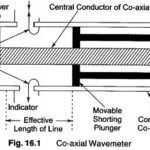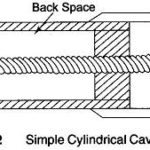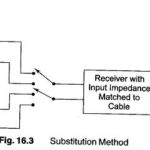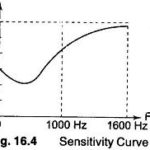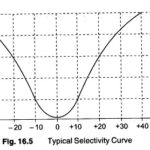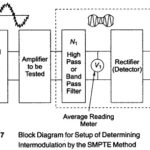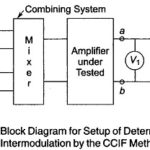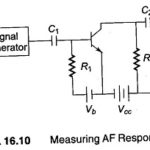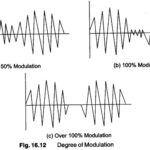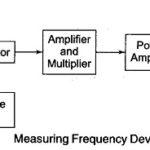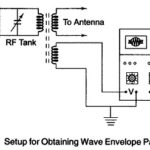Measurement Set Up in Electronic Instrumentation Articles:
Microwave Power Measurement Techniques: Microwave Power Measurement Techniques can be done by the use of wavemeters. A wavemeter is an adjustable resonant circuit provided with a calibration that gives the resonant frequency in terms of the settings of the tuning adjustment. Wavemeters are … (Read More)
Resonant Coaxial Wavemeter: A Resonant Coaxial Wavemeter line such as illustrated in Fig. 16.1 and operating as a resonant system can be used to measure frequencies in the range of 600 — 10,000 MHz. At lower frequencies the cavity becomes excessively long … (Read More)
Simple Cylindrical Cavity Wavemeter: Resonant cavities find extensive use as wavemeter at microwave frequencies. They enjoy high accuracy, mechanical simplicity, and a large physical size in proportion to the wavelength being measured. Practical cavity wavemeter are always in the form of … (Read More)
RF UHF field strength meter circuit: There are two general methods available for determination of RF UHF field strength meter circuit. One is the standard antenna method. In this, use is made of an antenna in which the relationship between the field … (Read More)
Sensitivity Measurement Definition: The Sensitivity Measurement Definition of a radio receiver is its ability to amplify weak signals. It is often defined in terms of the voltage that must be applied to the receiver input terminals to give a standard output … (Read More)
Selectivity Measurement Receiver: The Selectivity Measurement Receiver is its ability to reject, (adjacent) unwanted signals. It is expressed as a curve, such as the one in Fig. 16.5, which shows the attenuation that the receiver offers to signals at frequencies near … (Read More)
Nonlinear Distortion Measurements: One of the methods of Nonlinear Distortion Measurements consists of simultaneously applying two sinusoidal voltages of different frequencies to the amplifier input and observing the sum, difference and various combination frequencies that are produced by the non-linearity of … (Read More)
CCIF Intermodulation Distortion: In the second method of carrying out an CCIF Intermodulation Distortion test, the two test signals used have equal amplitude, and relatively high but slightly different frequencies. When non-linear distortion is present, a difference frequency component appears in the … (Read More)
Audio Amplifier Frequency Response: The Audio Amplifier Frequency Response is essential for filters, couplings circuits, amplifier stages and overall audio circuits. An amplifier stage is used as an example. A test setup for this amplifier stage is shown in Fig. 16.10. This … (Read More)
Modulation Frequency Definition: Modulation Frequency Definition is the process of impressing information on a carrier wave by altering either its amplitude of frequency. In amplitude modulation, the degree is the percentage of amplitude change from the unmodulated value of the carrier. In … (Read More)
Radio Frequency Modulation: The simplest method of measuring frequency deviation utilises an FM receiver with a BFO as the measuring instrument. The only coupling used is the air waves between the transmitting and receiving antenna, as shown … (Read More)
Measuring Amplitude Modulation Using CRO: The CRO is widely used as an Measuring Amplitude Modulation. It presents the waveform for visual monitoring and is fairly accurate in measurements of modulation percentage. The type of CRO pattern observed depends on how the … (Read More)
